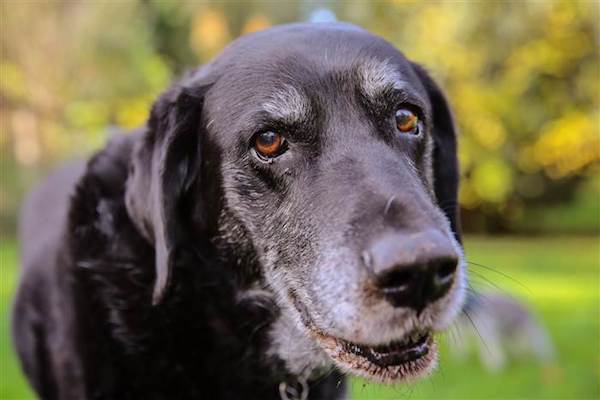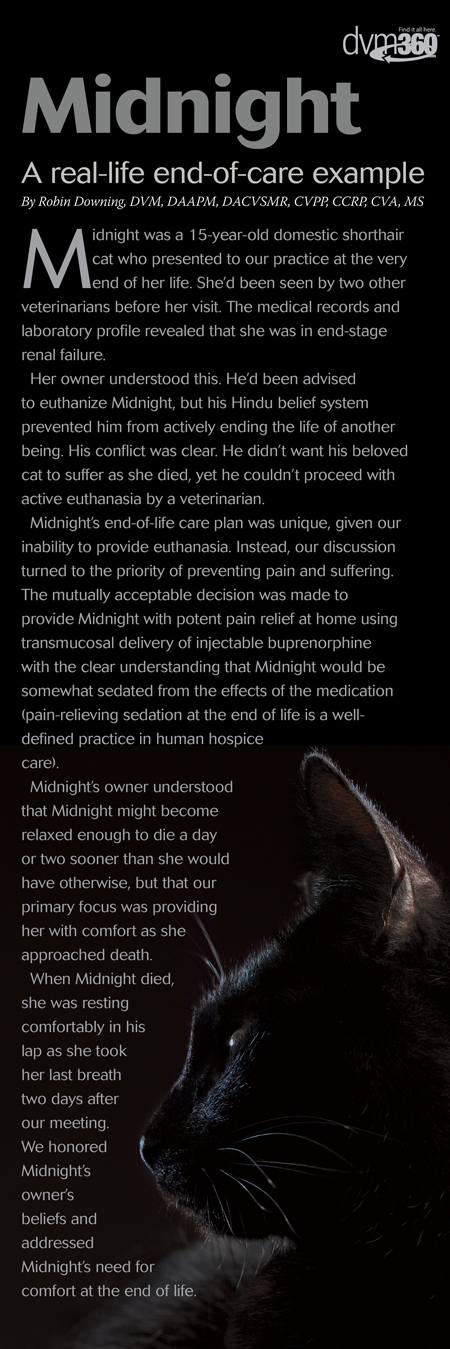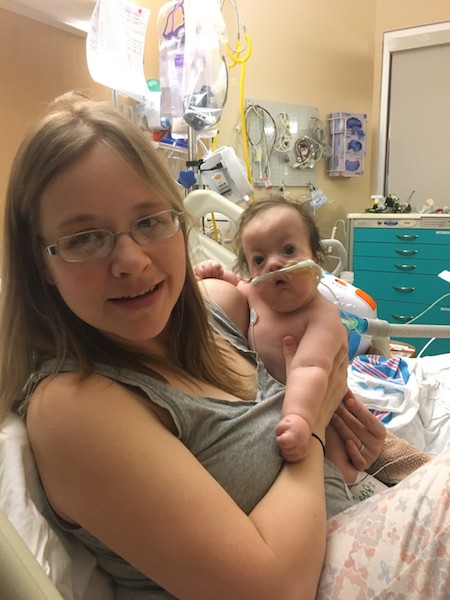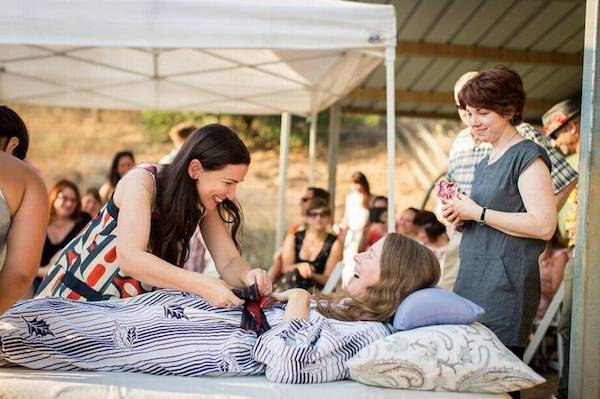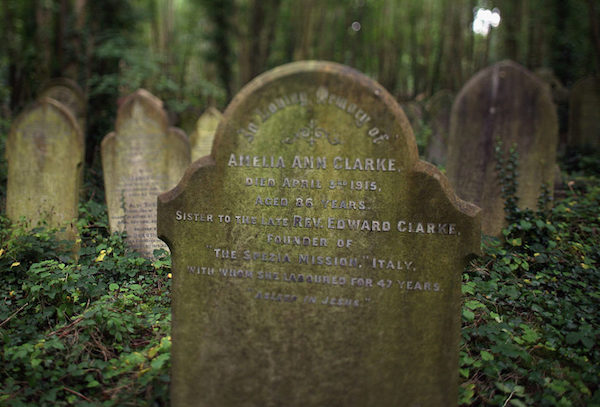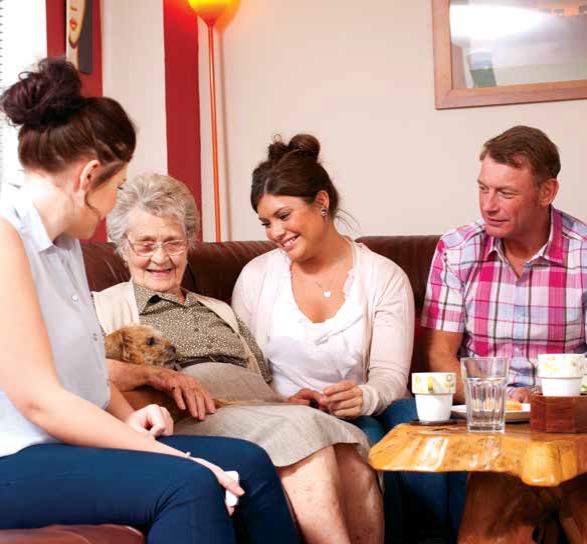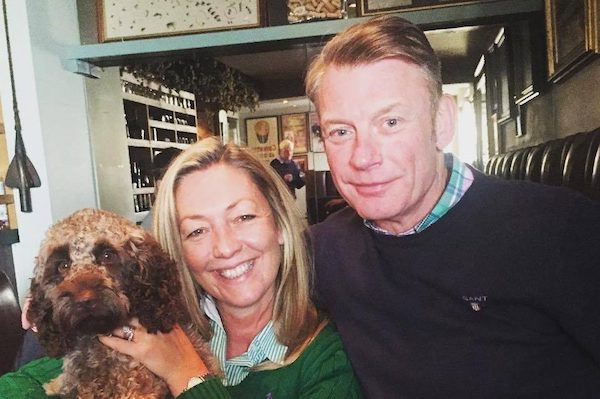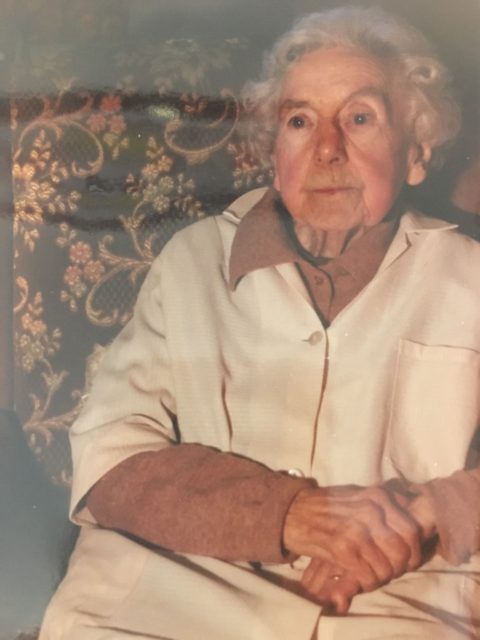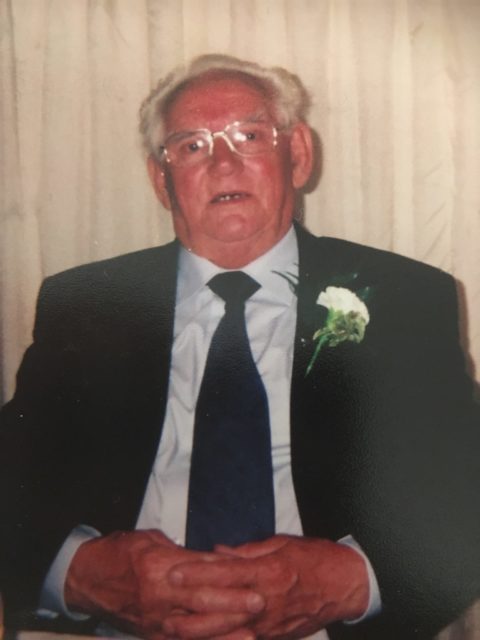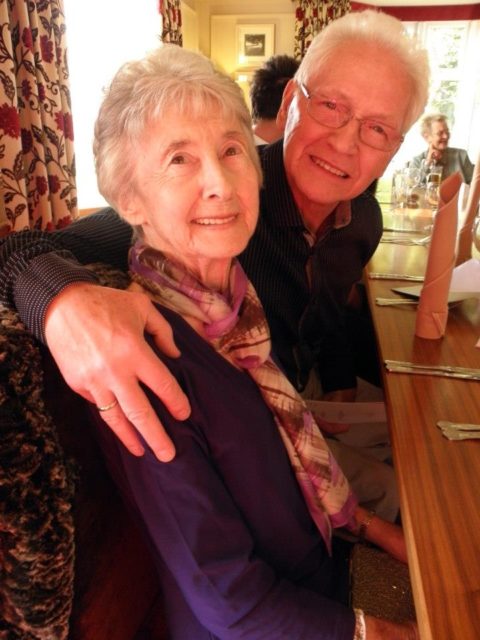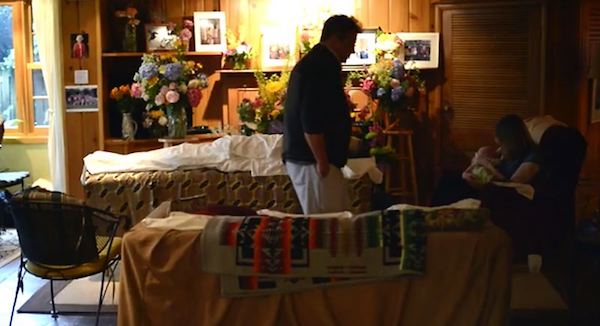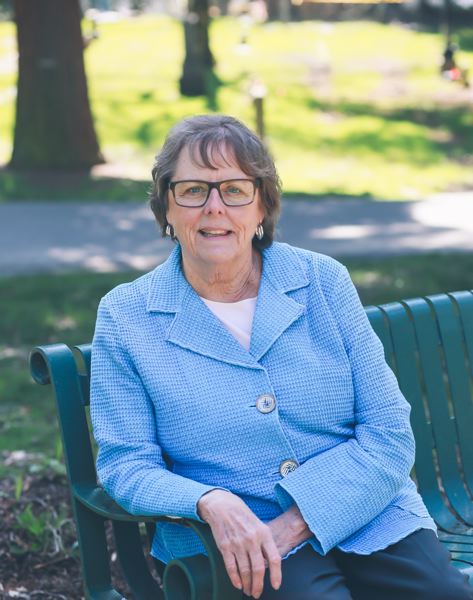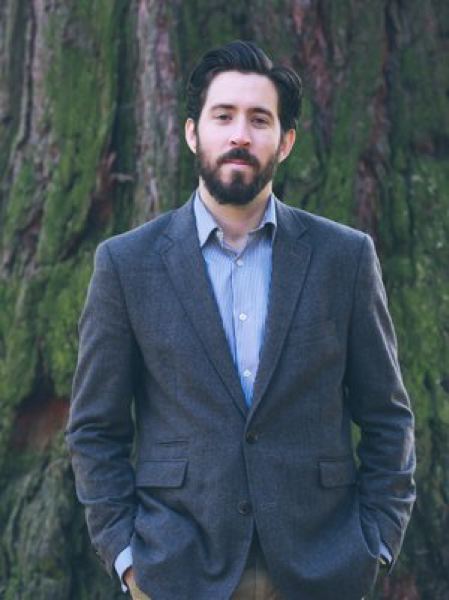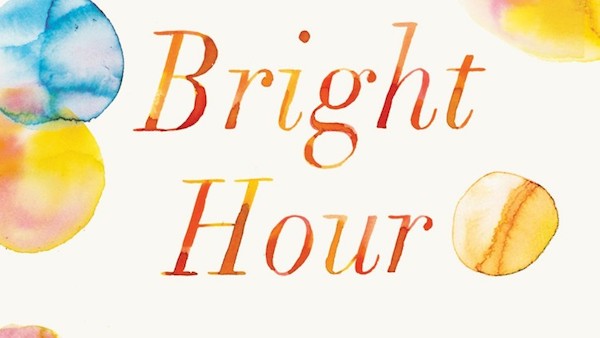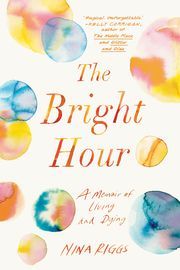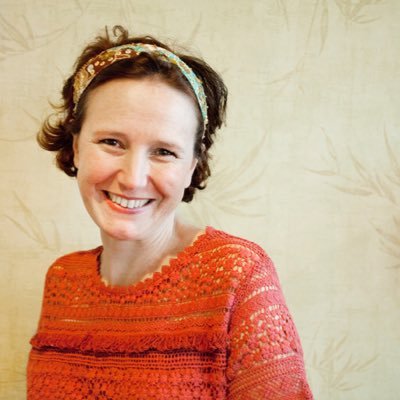Every dying pet deserves a plan. Consider these inspiring case studies and tips that illustrate the power you have in veterinary medicine to help pets live longer—with a better quality of life—for days, week or months on their path to a peaceful death.
[S]oft, gray muzzles. Opaque eyes, still filled with the warmth that sparks memories of their spritely puppyhood (or kittenhood). Your sweet senior patients still have the hearts of the joyful youths who once bounded into the exam room with wet, sloppy kisses and bright eyes. But as their bodies have changed, their needs have too.
It’s true that pets are living longer—into their teens and even 20s—and better than ever, thanks to the efforts of our veterinary healthcare teams. And the evolving preventive-care practices that help them live longer mean these pets may face serious illnesses at the end of their lives: end-stage chronic kidney disease, chronic congestive heart failure and cancer—currently the leading cause of nonaccidental pet death.
Instead of the sudden hit-by-car deaths, we now see slow, steady declines into the end of life. This monumental change in pet life expectancy demands a change in how we manage aging patients. We must prepare for the patient’s end of life long before it arrives, thinking through how we will address the special needs of these special patients.
Fortunately, the recently crafted 2016 End-of-Life Care Guidelines from AAHA and the International Association for Animal Hospice and Palliative Care provide a roadmap for teams to follow.
Pillar No. 1: You’re caring for pets and people
End-of-life care constitutes a critical stage in a pet’s life, and the compassion and decision-making that happens is at least as important as the accumulated lifetime of care before. Our collaborative relationship with clients takes on a new dimension and urgency in the face of the pet’s changing medical needs as well as the pet owners’ anticipatory grief (read about that here) and other powerful emotions.
Pet palliative and end-of-life care focuses on alleviating patient discomfort and controlling clinical signs while addressing the client’s emotional, social and spiritual needs. When we care for these patients, our fundamental concerns are pain management, hygiene, nutrition, mobility and safety in the home. The next tier of care focuses on the pet’s mental state and engagement with human family members as well as interactions with other household pets. Finally, the veterinary team needs to help clients appreciate the pet’s will to live and to participate in its own care—for example, its willingness to take pain-relieving medications or to be handled for wound care.
Pillar No. 2: You’re helping craft end-of-life care plans
The success of a palliative-care plan hinges on the same principles as any other care plan. The difference: the palliative-care patient meets one or more of these criteria:
- The pet has been diagnosed with a life-limiting disease
- The client has declined curative treatment
- Curative treatment has failed
- The pet’s quality of life is harmed by clinical signs of chronic degenerative disease
- The pet is experiencing progressive illness with complications.
These are pets with special needs, and their care plans will reflect elements not typically included in the care plans we create for other patients. An integrated approach to end-of-life care addresses the pet’s needs and the client’s needs, including financial realities. (Check out “Needs care, no $$” for more on talking through financial limitations.) This requires open communication to foster collaboration between your team and your clients. Any end-of-life care plan will fail miserably if the client is unable (or unwilling) to execute it. All care plans must also consider the pet’s willingness to participate in its own care. We can’t create a care plan that the pet resents enough that it damages the precious family-pet relationship.
The needs of pets reaching the end of their lives change over time, so keep an open mind about how a care plan will evolve. Only by scheduling regular patient reassessments and revising the care plan can we continue to provide the care pets need and deserve.
Pillar No. 3: You’re checking in on patients—even at home
In today’s world of high tech and social media, clients are comfortable operating in the virtual world. It’s now a practical option to remotely monitor dogs and cats approaching the end of their lives. While many canine patients enjoy car rides, as they age and become infirm, travel may become challenging for them. Entering and exiting the vehicle may become difficult enough that very large dogs may become impossible to transport. Small dogs who are losing their sight or hearing may feel disoriented if removed from their home environment. And cats are notorious for resenting car transport, unless they are conditioned to it early in their lives.
Rather than adding more fear, anxiety and stress to the lives of pets and pet owners, it makes sense to create strategies for remote monitoring.
One strategy is for a trusted veterinary team member to make regularly scheduled house calls to evaluate the pet in its natural environment. This person can be a veterinarian (if needed) or a well-trained and experienced veterinary nurse. These reassessments should include a hands-on pain assessment as well as a meaningful dialogue with the client about how the pet’s doing. A veterinary nurse could take advantage of video streaming to interact in real time with the appropriate individual back at the practice to modify feeding, pain medication dosing and other aspects of the care plan.
And remember, using video in real time can connect clients and pets directly to the practice. The pet owner can ask questions and answer important questions from the veterinarian. These FaceTime or Skype calls or Google Hangouts are an opportunity to review medications and feeding. Best of all, a veterinarian can see firsthand the pet’s environment and movement through regular activities.
Your veterinary team is poised to offer comfort and care as the days fade and pets reach the sunset of their lives. So make a plan to offer these pets and their parents comfort and support until their last good day—and beyond. To learn more about how your team can offer support through the hospice and euthanasia process, see the dvm360 Leadership challenge: Pet pain and death.
Complete Article HERE!

